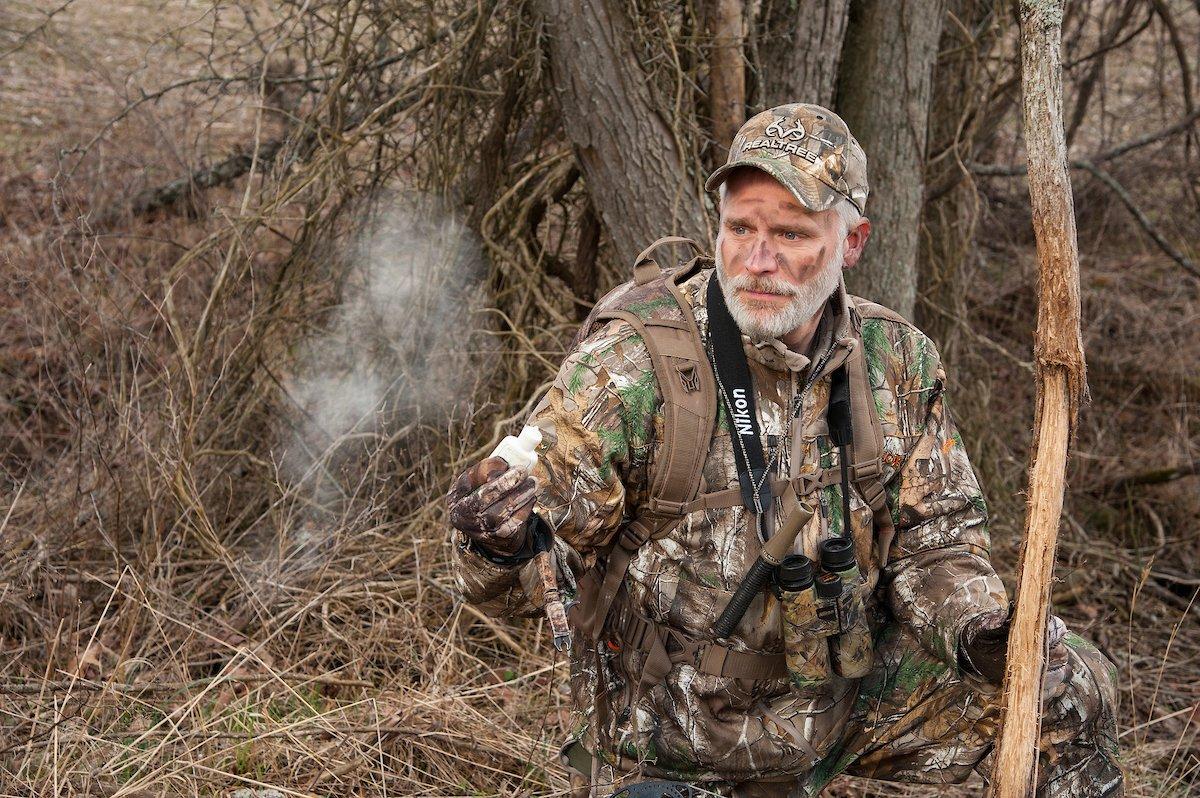Get Unconventional to Fill Your Deer Tags
Here are three super hunting tactics that could spell the difference between wall-hanger success and deer-tag soup.
Racks In The Rabbit Patch
While we deer hunters tend to lean toward the woodlands when hunting, after being hunted for a few weeks, the deer that were there seem to increasingly disappear. Where they go to avoid hunters probably would surprise many of us. As my dad used to say, "Pretend you're hunting cottontails and you'll probably find deer." And his advice rings as true today as it did then.
Although an adult deer may appear large, it's amazing how little cover one requires to become virtually invisible. Imagine dropping an 80-pound brown sack of grain in a small plot of waist-high weeds or grass, then walk away from it a few feet and look back. Chances are, you can't see it, even though you know it's there. Well, my friends, when a full-grown deer lies down and curls up in that same type of small cover, seeing it from even a short distance away equates with seeing that bag of grain. It becomes invisible. And without a snow covering to track deer movement changes, these are the type places to start looking.
If you're not seeing the number of deer in your favorite woods that you were seeing earlier, start scouting for otherwise small, insignificant clusters of low-growing dense cover that's nearby. It might be high grass in a drainage ditch, a hedgerow, small briar patch or windfall, a little "island" of low brush in a pasture or field, or a small but dense swampy area -- almost any cover that's sufficiently large to provide a deer with cover. And don't just walk near it, walk right up to it, even through it. Just have your gun ready, because you never know when a deer will suddenly explode from its bed in that small bit of rabbit-type cover.
Beaver Pond Buck Hole
We all understand that bucks -- especially mature ones -- often seek out a secure hiding place once they detect more hunters are in their home range. One of the best hideouts is provided by cover very few hunters ever enter -- beaver-pond swamps.
The upper sections of most beaver ponds harbor thick cover and also small island-like hummocks where a buck can stay dry and snug with little fear of being disturbed. If the hunter moves slowly and doesn't make too much noise, his or her odds of flushing a buck at close range in such natural refuges is excellent. Wear soft clothing such as fleece or wool for quiet and hip boots to keep you dry. And be ready to shoot quickly and at close range.
Use the Fast Lane When You Can't Find Deer
We're not talking about the race track. And we're not talking about blasting down a backwoods trail in your brand new Kawasaki Mule. (Although it is quite fun.)
But early in deer season, it's usually a good idea to spend the majority of your time in areas that have seen plenty of deer activity prior to and during the first few days of hunting. But toward the end of the season, many of these hot spots suddenly dry up. Some of the deer there have been taken, and those that survived quickly learn that sticking around will likely get them a one-way trip to the freezer.
Later in the season is a great time to put some miles under your boots, seeking where the deer have relocated to elude hunters. I used to try and stillhunt when doing this, but found I just didn't cover enough ground to give me the big picture of where deer were concentrated. So I compromised. I'd stillhunt for the first and last hour of daylight and spend the rest of the day walking at a brisk pace, but stopping every 10 to 12 steps to scan.
Many times I've been surprised when a deer sprang to its feet from a small piece of dense cover and offered me a close shot. If nothing else, I'll find how the deer patterns have changed and where they're currently holed up. Then I can concentrate on hunting that area or areas -- and I'm usually the only hunter there.
Don't Miss: 20 Deer Hunting Lies Your Granddaddy Told You
Editor's Note: This was originally published on November 27, 2005.
Are you a deer hunter wanting to learn how to accomplish your goals? Check out our stories, videos and hard-hitting how-to's on deer hunting.








